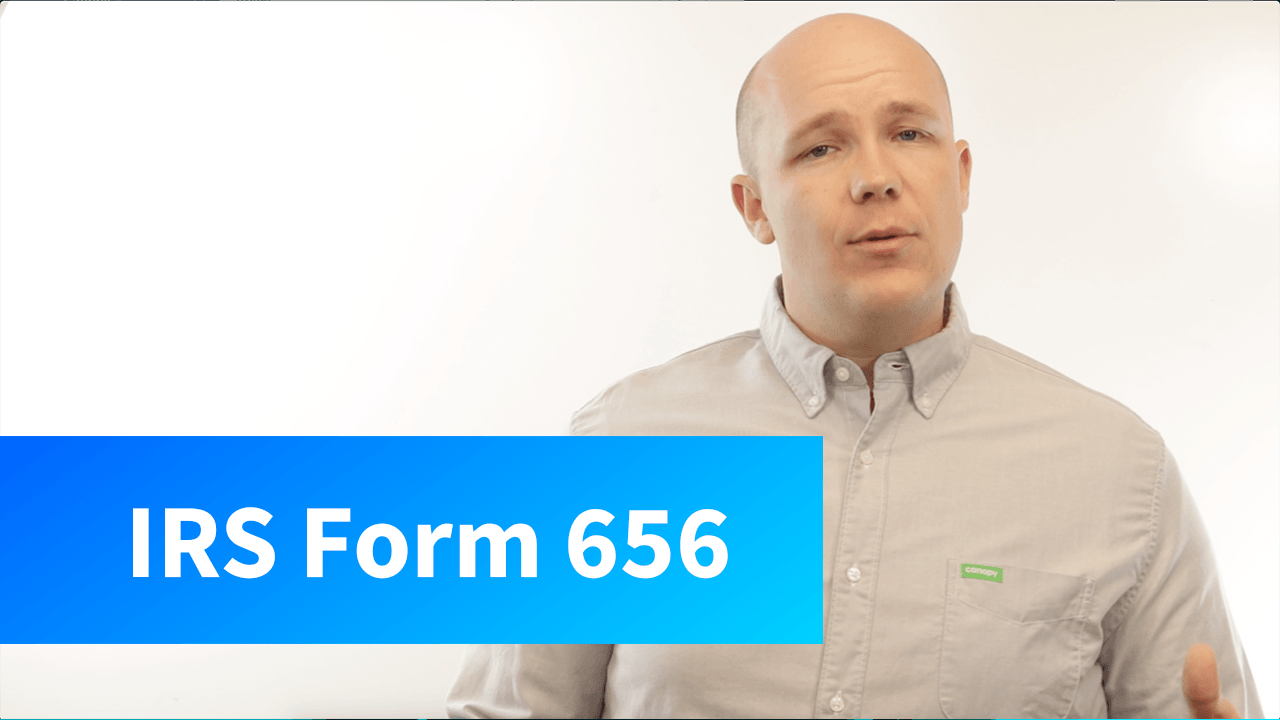IRS Form 656 can be one of the more intimidating IRS forms out there, but it doesn't have to be. Check out our tips for filling out Form 656 out right the first time and get your Offer in Compromise approved faster.
(Video transcript)
Hi and welcome to another IRS Forms video. Today we’re tackling IRS Form 656, Offer in Compromise. This is a form that you definitely want to get right the first time. Any mistake you make can cause a whole host of problems for your client, including delaying their Offer in Compromise by months.
So let’s take a look at a few tips that can help you make sure your Form 656 is absolutely perfect the first time. If you think this video is helpful, make sure to hit that like button and subscribe to the channel.
Tip 1: What is IRS Form 656 and who should use it?
Form 656 is one of the forms required by the IRS for requesting an Offer in Compromise, or OIC. This form, in combination with form 433-OIC, allows the IRS to evaluate your client’s financial situation and their tax debt to determine if they will accept the offer.
Form 656 is where you report the details of your proposed OIC. Those details include vital information such as the offer amount and the proposed payment timeline. It’s also where you make your case for why it’s in the IRS’s best interest to accept less money than the taxpayer owes.
This form is for any client—business or individual—who is requesting either a Doubt as to Collectibility or Effective Tax Administration OIC. If you are submitting a Doubt as to Collectibility Offer in Compromise, then you’ll use form 656-L instead of the standard 656.
Tip 2: Is Doubt as to Collectibility or Effective Tax Administration better for your client?
Section three asks you to designate the reason for the offer: Doubt as to Collectibility or Effective Tax Administration (ETA).
As stated in the IRM, Doubt as to Collectibility exists in any case where the taxpayer’s assets and income are less than the full amount of the assessed liability. In other words, a Doubt as to Collectibility OIC is for clients who don’t have enough disposable income and assets to pay their tax debt. The evidence for this type of Offer in Compromise is collected largely through Form 433-OIC, along with supporting documentation such as bank and credit card statements. If your client simply can’t afford to pay their tax debt, Doubt as to Collectibility is the best offer for them.
Effective Tax Administration, on the other hand, is for clients who can technically afford to pay their tax debt, but doing so would cause undue harm to the taxpayer or undermine public faith in IRS. Basically, you have to convince the IRS that in this case, not collecting the tax is more beneficial to the agency than collecting the tax. The IRS isn’t going to seize the assets of a 90-year-old woman living on social security or force a disabled man to sell the home he has specially equipped to accommodate his disability.
Tip 3: How do you determine payment terms?
Section four prompts you to choose between two different payment options: lump sum and periodic payment.
A lump sum offer is for clients who can afford to pay their offer amount in five months or less. When submitting a lump sum offer, you must include an initial payment equal to 20% of your total offer. That amount will be applied to your client’s tax debt regardless of whether the IRS accepts the offer or not. If the IRS accepts your offer, the taxpayer will be required to pay the remaining balance of the offer in five or fewer monthly payments.
Periodic payment is for offers with a payment plan longer than five months, not exceeding 24 months. This payment option requires that you include your initial payment with your application. Your client must continue to pay the remaining balance in monthly installments while the IRS considers your offer. If the IRS accepts your offer, the taxpayer will be required to pay the remaining balance of the offer in monthly payments over the course of what remains of the 24-month payment period.
The plan you choose with your client depends on how much they can afford to pay monthly, as well as their ability to come up with the 20% down payment required by the lump sum offer.
Want more tips for getting your client's Offer in Compromise accepted? Check out this ebook written by a former IRS Revenue Officer.







Get Our Latest Updates and News by Subscribing.
Join our email list for offers, and industry leading articles and content.